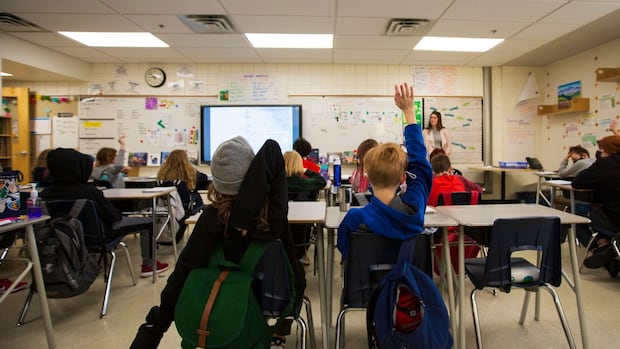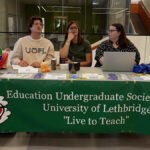The halls of Alberta’s education faculties have fallen silent as student teachers across the province join a growing movement of protest against controversial government education policies. What began as isolated campus demonstrations has quickly escalated into a coordinated provincial action, leaving university administrators, school boards, and the provincial government scrambling to address both immediate placement disruptions and broader questions about the future of education in Alberta.
“We didn’t make this decision lightly,” explains Mia Chen, a fourth-year education student at the University of Calgary and one of the strike organizers. “But when you’re preparing to enter a profession that’s under such systematic pressure, at some point you have to take a stand—not just for ourselves, but for the students we hope to teach.”
The strike, now entering its second week, has left approximately 3,200 student teachers absent from their practicum placements in schools throughout Alberta. This unprecedented action comes in response to Education Minister Adriana LaGrange’s recent policy announcements, including controversial curriculum changes, reduced classroom funding formulas, and new limitations on teacher autonomy that many educators describe as politically motivated.
School districts are feeling the immediate impact. “Student teachers are a vital part of our education ecosystem,” notes William Davidson, superintendent of Prairie Valley School Division. “They bring fresh ideas and additional support to our classrooms. Their absence is being felt by both our veteran teachers and our students.” Davidson estimates that his district alone has lost over 80 student teaching assistants, creating significant staffing challenges.
The Alberta Teachers’ Association has expressed solidarity with the striking students while maintaining a careful official position. “These future educators are showing tremendous courage,” says ATA President Jason Schilling. “They’re standing up for educational principles before they’ve even received their first paycheque, which speaks volumes about their commitment to the profession.”
The provincial government’s response has been notably muted. When reached for comment, a spokesperson for the Ministry of Education stated only that “dialogue remains open” and that “the ministry remains committed to working with all education stakeholders to ensure quality education for Alberta’s students.”
University administrations find themselves caught in the middle. Dr. Annette Richardson, Dean of Education at the University of Alberta, acknowledged the complexity of the situation: “We respect our students’ right to advocate for their beliefs while also recognizing our responsibility to ensure they meet graduation requirements. We’re working on contingency plans that honor both imperatives.”
The timing of the strike is particularly concerning for graduating students like Marcus Williams, who is scheduled to complete his final practicum this semester. “There’s definitely anxiety about whether this will delay our certification,” Williams admits. “But there’s also a sense that if we don’t take action now, the teaching environment we’re about to enter will be fundamentally compromised.”
Parents have expressed mixed reactions. “I support teachers standing up for education,” says Calgary parent Samantha Torres, whose daughter’s classroom has lost two student teachers. “But I’m also concerned about the disruption to my child’s learning during an already challenging year.”
Education experts point to deeper implications of this unprecedented action. Dr. Elena Mikhailova, professor of education policy at Mount Royal University, sees the strike as symptomatic of broader tensions: “When student teachers—who have traditionally been among the most compliant stakeholders in education—feel compelled to take such dramatic action, it signals a profound crisis in confidence about the direction of provincial education policy.”
As the strike continues, questions loom about possible resolutions. University administrators have proposed various compromises, including extended practicum periods over the summer, alternative assessment methods, and delayed graduation timelines. However, student representatives maintain that their action is principally about policy changes, not personal accommodations.
What remains certain is that this strike represents a watershed moment in Alberta’s educational landscape. As these future educators take their first stand for professional principles, one must wonder: is this the beginning of a new era of teacher activism in Alberta, or a fleeting moment of resistance in an increasingly constrained profession?














